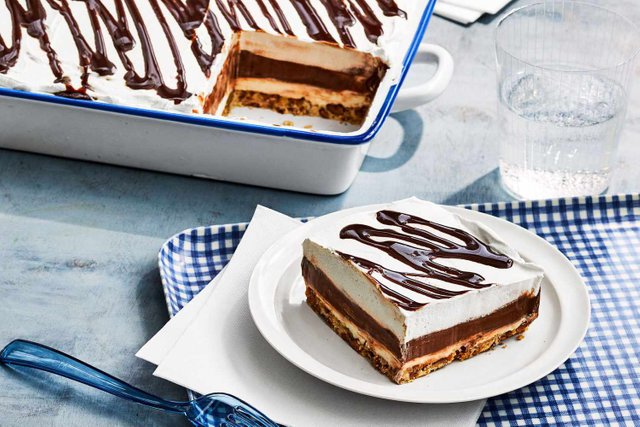
Begin by capturing readers' attention with the allure of creamy pudding, perhaps mentioning its timeless appeal and versatility.
Ingredients:
Detail the essential ingredients, emphasizing the quality of each component. For instance, high-quality milk, vanilla extract, and the choice of thickening agents.
Basic Preparation Steps:
Outline a simple step-by-step guide for preparing the perfect creamy pudding. Include tips for achieving the ideal consistency and flavor.
Variations:
Explore different flavor options and variations. Whether it's chocolate, butterscotch, or exotic additions like cardamom or citrus zest, provide creative alternatives.
Tips and Tricks:
Offer valuable tips to elevate readers' pudding-making skills. This could include techniques for preventing lumps, achieving a smooth texture, or adjusting sweetness levels.
Serving Suggestions:
Suggest interesting ways to serve creamy pudding—perhaps in elegant individual portions, layered in a trifle, or as a filling for other desserts.
Featured Recipe:
Present a standout recipe with a unique twist. It could be a fusion of flavors or a traditional recipe with a modern touch.
Visual Appeal:
Incorporate high-quality images of the creamy pudding at various stages, highlighting its creamy texture and inviting presentation.
Storytelling Element:
Consider adding a personal touch or a brief anecdote related to your experience with creamy pudding. This can create a connection with your readers.
Interactive Element:
Engage readers by encouraging them to share their favorite pudding memories or recipes in the comments section.
Conclusion:
Wrap up the article by reiterating the deliciousness of creamy pudding and expressing enthusiasm for readers to try the recipes.